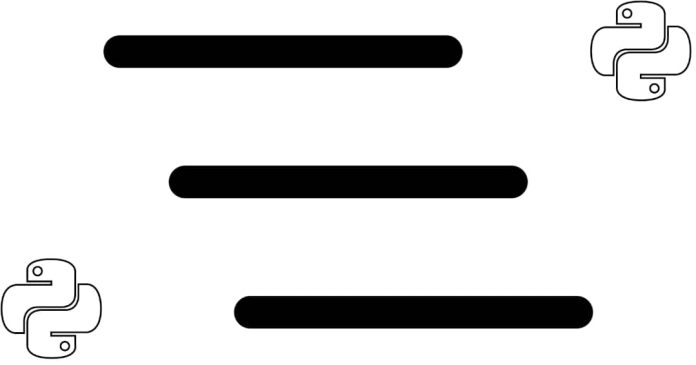Nested list comprehensions in Python allow you to create a new list by applying expressions or operations to elements of sublists or nested structures. It is a concise and readable way to handle lists within lists.
The general syntax for nested list comprehensions is:
[[expression for item in inner_list] for item in outer_list]
Where inner_list is processed first, and then the outer list is iterated.
Example:
matrix = [[1, 2], [3, 4], [5, 6]]
flattened = [element for row in matrix for element in row]
# Output: [1, 2, 3, 4, 5, 6]
This example flattens a 2D list (matrix) into a single list. Nested list comprehensions can be used for various operations like filtering, transforming, or flattening data. However, excessive nesting can reduce readability, so it’s best to use them judiciously.


